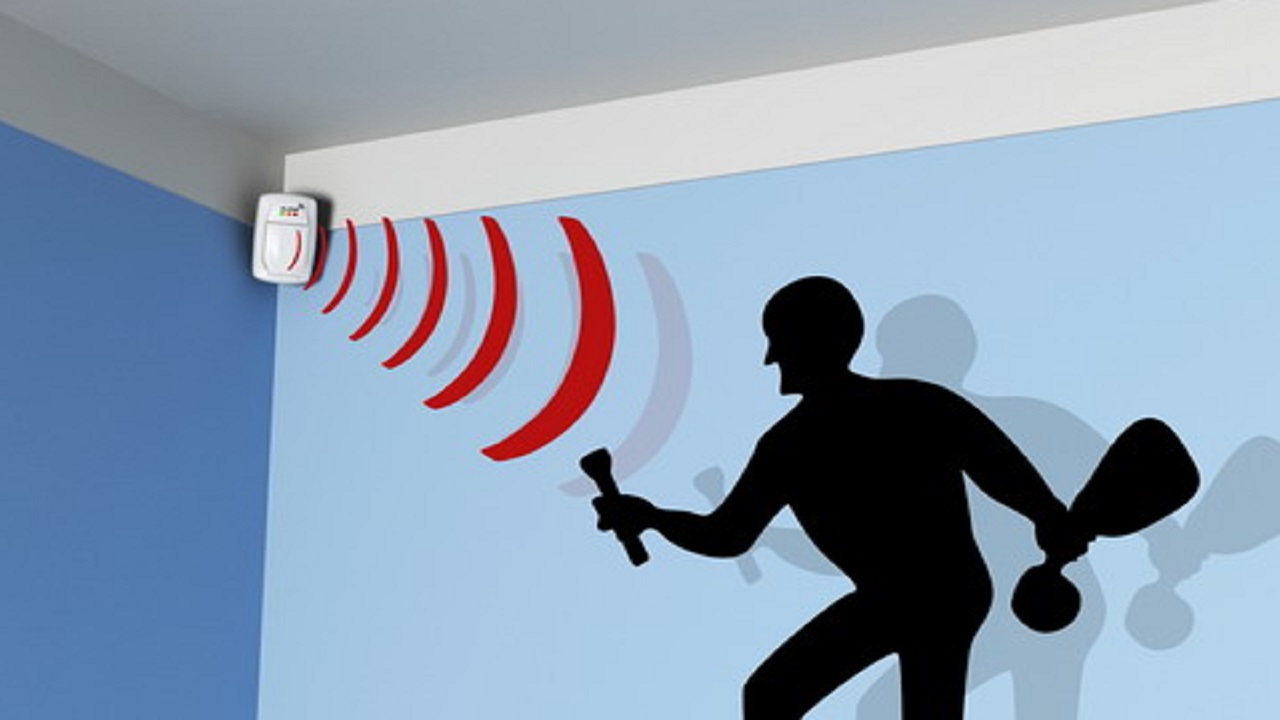In the world of home security, motion detection technology can be called a faithful guardian of the house, as it gives a homeowner an early warning signal about any possible threat and helps them feel safe. Detection of motion, though, does not mean that all motion detection systems are the same. In the era of technology, modern inventions concerning motion detection have appeared, changing the way people protect their houses. This article will cover the science behind these developments and investigate how they are redefining the perimeter of home security.
Understanding Traditional Motion Detection
Motion detection, since the old days, was based on simple infrared sensors or other sensors that detected changes in a specific area. Nevertheless, they could be claimed as successful in certain aspects, but they occasionally had false alarms caused by pets, insects, or environmental factors. Moreover, the range and precision were not advanced enough to fill all the gaps that intruders could take advantage of.
Enter Advanced AI Algorithms
The most noticeable innovation of motion detection technology is the use of intelligent artificial intelligence (AI) algorithms. These algorithms, by analyzing the patterns of movement detected by surveillance cameras, allow the algorithm to determine the difference between various objects and activities. With the experience coming from past cases, the AI-powered motion detection system becomes more aware of potential threats and, at the same time, reduces false alarms.
Deep learning and neural networks
The principle AI deep learning algorithms and neural networks are used for the most advanced AI motion detection. Created after the human brain, they can handle large amounts of visual information and draw meaningful inferences from them. They can be trained to be increasingly accurate at not only recognizing but classifying objects by identifying their shapes, sizes, and movement patterns. It enables more precise detection of any suspicious activity and, consequently, cuts down the number of false positives.
Behavioral Analysis and Detection of Anomalies
Besides recognizing objects, today’s motion detection systems utilize both behavioral analysis and anomaly detection techniques. The system can set a baseline behavior pattern in a monitored area that helps identify any deviations present within the area that may be a sign of security threats. Similarly, something like an abrupt shift in the movement trajectory or a forced entry into the access-denied areas can immediately alert the homeowners, who can then take appropriate steps to avoid such risks.
Integration with Smart Home Ecosystems
The last but not the least talking point of this smart motion detection technology is its incorporation into the smart home system. Through the linking of CCTV cameras, motion sensors, and other security products to a centralized hub, homeowners can have more control and access to the surveillance of their houses. This theme allows the security protocols to be automated, such as switching on the lights, activating alarms, or sending notifications to mobile devices in reaction to motion detected.
Conclusion
The science of motion detection technology of security has witnessed tremendous advancements, thanks to innovative approaches and cutting-edge technologies of AI, sensors, and data analytics. Utilizing the benefits of the latest algorithms, behavioral analysis, and sensory capabilities in the systems of motion detection provides a new level of precision and dependability. The future of home security is prosperous with the advancements in technology, as it will safeguard homes in the complex world that we live in, as showcased on aosu's YouTube Channel.

